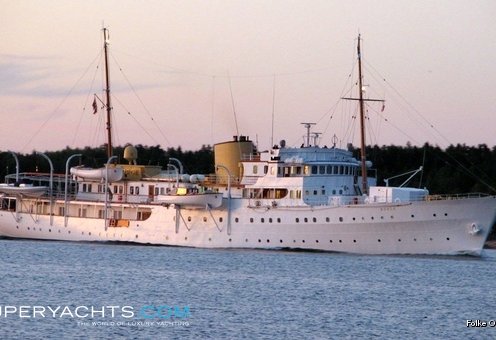Nicholsons Yachts

The popular J-Class yacht Velsheda was created by Charles Ernest Nicholson and built during the Gosport garden in 1933.
Frances Amos[edit]
In 1782, Frances Calense Amos came from London and began a shipyard, leasing land in Gosport, Hampshire over the harbour through the Royal Naval Dockyard at Portsmouth. In 1809 Amos apprenticed their great-nephew William Camper, by 1821 the yard ended up being creating tiny trading vessels.
William Camper[edit]
As Amos had no kiddies, after his death in 1824 his nephew Camper overran the lease on the yard. Camper forged strong backlinks utilizing the rich members of the Royal Yacht Squadron, positioning the business into the emergent yacht building business. For 20 years from launching for the cutter Breeze in 1836, Camper developed a reputation as a builder of quick yachts, specifically schooners which were favoured by a prestigious clients. But the outbreak of this Crimean War in 1854 heralded a decline in Camper's career.
In 1842, 14-year-old Ben Nicholson joined up with Camper's garden as a shipwright apprentice. As there clearly was no obvious male heir within the Camper family members, Nicholson had increased within the lawn in order to become chief fashion designer, producing the revolutionary 1860 design for schooner boat the Aline. The yacht's racing success and subsequent sales caused Nicholson's further marketing and facilitated their option as Camper's replacement as he retired in 1863.
Camper and Nicholson[edit]
The business of Camper and Nicholson ended up being formed in 1863, funded by both William Camper together with Lapthorn family members, who operated an adjacent sail loft. Nicholson undertook a 30-year programme of development, more than doubling the dimensions and scale associated with services. In tonnage terms, the design and construction of large schooners dominated the firm's result, and this basic Nicholson included a comprehensive refit and maintenance company which was authorized because of the almost continual growth associated with garden's services.
Nicholson vessels were extremely lasting. A long-lived, cruising yawl, the Florinda, proved so speedy that she became popular given that Gosport Mistake. Nicholson's final vessel was the 1887-built, 161-ton schooner, that has been fitted with a durable teak hull; originally created as a race yacht, she is today had by Germany's earliest sail-training relationship, Clipper, and as of 2013 is considered among oldest sailing yachts nevertheless cruising in the water.
1890s[edit]
The arrival of Ben's three sons in firm occasioned a final title switch to Camper and Nicholsons.
Oldest son Benjamin had no interest or aptitude for design, but made his effect through supply of crew, attracted primarily from local fishermen, for leisure and rushing reasons to the yachts built for the wealthy customers - a site that continued until 1939. Youngest son Arthur W. discovered his ability well applied through handling the upkeep and construction facilities for the garden, therefore the acquisition in 1912 of expansion facilities in Southampton.
Charles E. Nicholson[edit]
Yacht Créole was commissioned (as Vira) in 1927. This woman is the world’s largest wood sailing boat.Charles's very first design of note was the Redwing class. The Bembridge sailing club fulfilled in October 1896 to concur the necessity for a low draughted yacht - to allow for the shoal seas of Bembridge Harbour - which could be sailed single-handed, to restore the expensive one half racers. Charles created the boat in ten times, and by 1898 the fleet contains 16 ships, all built by C&N's lawn.





